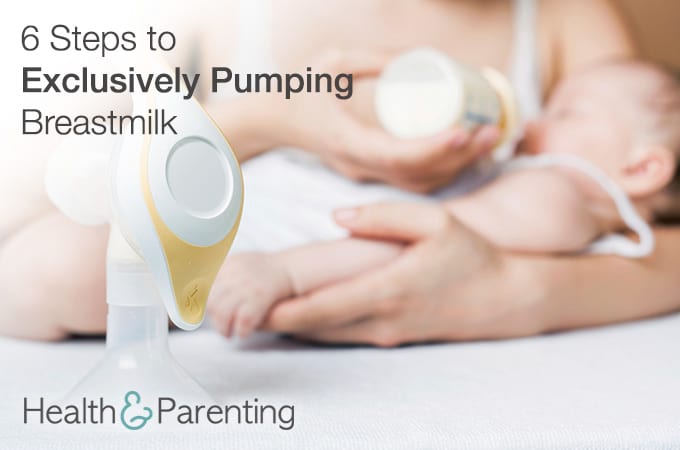As a breastfeeding mother, you probably double check whether pretty much everything you do will affect your milk. You have probably googled how much caffeine it’s safe to consume, whether alcohol enters your breast milk and how long until you can switch back to your beloved underwired bras. What did mothers do before Google was there to answer all of their questions?!
Will exercise affect my milk?
If you’re hoping to improve your fitness and, perhaps, get rid of some of the baby weight, you may be wondering if it’s safe to exercise when you’re breastfeeding. Obviously, you shouldn’t be lifting weights or running laps with a baby attached to your breast, but exercise is generally perfectly safe for new mamas.
Now is a great time to improve your health. The healthier you are, the better able you will be to look after your baby. Exercising can help to lift your mood, fight stress and help you sleep easier (obviously, the baby will still be keeping you awake, but at least you know you could sleep if you wanted to…).
The key is to start slowly and gradually increase the amount of exercise you do. If you are taking an unhealthy approach to exercise, and exercising to extreme exhaustion, you may find that it does affect your milk supply and general health. Instead, take baby steps along the road to fitness.
Things to keep in mind
It’s always important to wear a decent sports bra for support when exercising, but this is arguably more important when you’re a breastfeeding mother. You may find it most comfortable if you feed your baby just before exercising, as this will ensure your breasts don’t feel too full.
You can feed your baby as soon as you need to when you return from exercising. There is no minimum period, exercising doesn’t have much affect on your milk. It can increase the amount of lactic acid in your breast milk, but most babies don’t seem to mind this. Some babies aren’t keen on the salty taste of sweat, so you may find that washing your breasts after exercising encourages your baby to feed.
Exercise can be the perfect way to unwind after a long day of parenting. If you’ve been home with the baby all day, you may find yourself feeling touched out and stressed. A brisk walk or a few lengths of the pool could be all you need to turn the day around.
Written by Fiona (@Fiona_Peacock), mother, writer and lover of all things baby related.
This information is not intended to replace the advice of a trained medical doctor. Health & Parenting Ltd disclaims any liability for the decisions you make based on this information, which is provided to you on a general information basis only and not as a substitute for personalized medical advice. All contents copyright © Health & Parenting Ltd 2016. All rights reserved.












